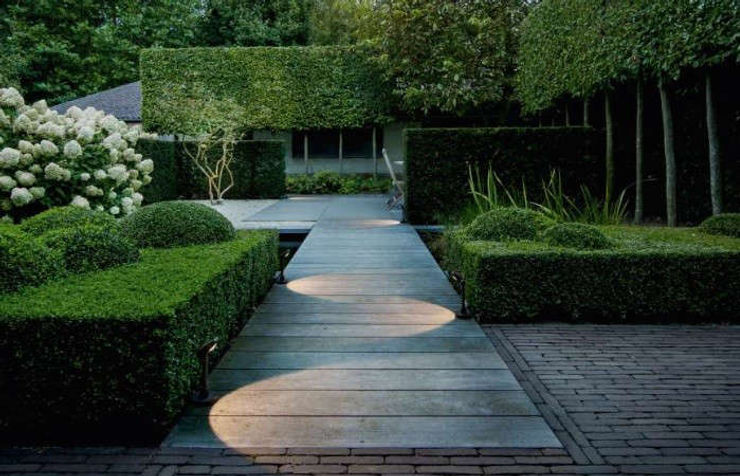
You’ve heard the old adage that the way you use your outdoor lighting can save thousands on the electric or gas bills (or really add light to your living space). But before you spring forward to get the bulbs and fixtures you need, you should be aware of some good (and bad) outdoor lighting habits.
So before you go out, you should check out our top tips for outdoor lighting maintenance. Here, you’ll learn about things such as turning over your landscape edging, and replacing broken bulbs.
Keep reading for our top outdoor lighting design tips!
Outdoor light fixtures should work in parallel with your landscape edging. It’s one of the easiest and most effective ways to ensure you have the right amount of artificial lighting inside your patios and backyards.
Your landscape edging, of course, should be turned over regularly (every month or two). It’s a very simple task, and it can be done with a minimum amount of effort.
The tips are as follows:
If you want a little more light in the patio, try adding outdoor lighting above the edging. You can install a small string of LED lighting, for instance, to light up your patio and make it a bit cozier.
Install outdoor lighting fixtures above your landscape edging so they face up in order to ensure that they’re aimed towards the ceiling inside.
To avoid a cluttered look, you might want to keep your lights at 10–15 feet away from the roof. This will also prevent them from being directly exposed to sunlight.
How to install your outdoor light fixtures and bulbs:
Decide on where you’re going to place the fixtures or lightbulbs. This should be based on your area’s climate, the lighting power you’d be installing, and finally, the look you are going for.
If you intend to light up a tree, you’ll want to keep the light on the ground below the tree. You can also install lights that shine up towards the sky or down below the tree. It all depends on your individual preferences, but remember to keep them below the tree, because that’s where it’ll provide the most light.
Light fixtures come in a wide range of colors and shapes. You should pick the one that matches your landscape best. If you have a light of any kind, be sure to install it in the exact location it’s designed for.
If you’re unsure about the installation, it’s always better to have someone else install the outdoor light fixtures for you, and then have them come back and install the lightbulbs if you aren’t happy with the installation.
If you feel as though your outdoor lighting isn’t doing its job, or if it’s acting up at inconvenient times, a light sensor device may be the ideal solution for you.
The sensors look like smoke detectors, so if they detect a sudden drop in light levels – or any other unusual temperature, they will automatically switch on so it can ensure that the area is lit up properly within minutes.
They’re a very easy tool to install, so when considering outdoor light fixtures and bulbs, you’ll be able to do so even without an electrician.
Replacing an outdoor light fixture is usually a quick and easy upgrade from the boring old bulb. But you should really replace it every two to three years, whether it’s a fixture for outdoors or indoor lighting, to extend the useful life of the fixture in a location with little maintenance. You can always do it yourself, but you won’t expect anything from your lighting to last that long.
A good rule of thumb is to replace your outdoor lighting with new ones every 2-3 years.
Light bulbs and Fixture Life Expectancy
Like anything out in the environment, there’s a certain amount of wear and tear on lightbulbs, so you should expect to replace them every so often. Just because they say “outdoor rated” on the packaging doesn’t mean they can’t be used for indoor fixtures, but the light bulb lifespan may reduce.
We hope you enjoyed our tips on outdoor lighting design!